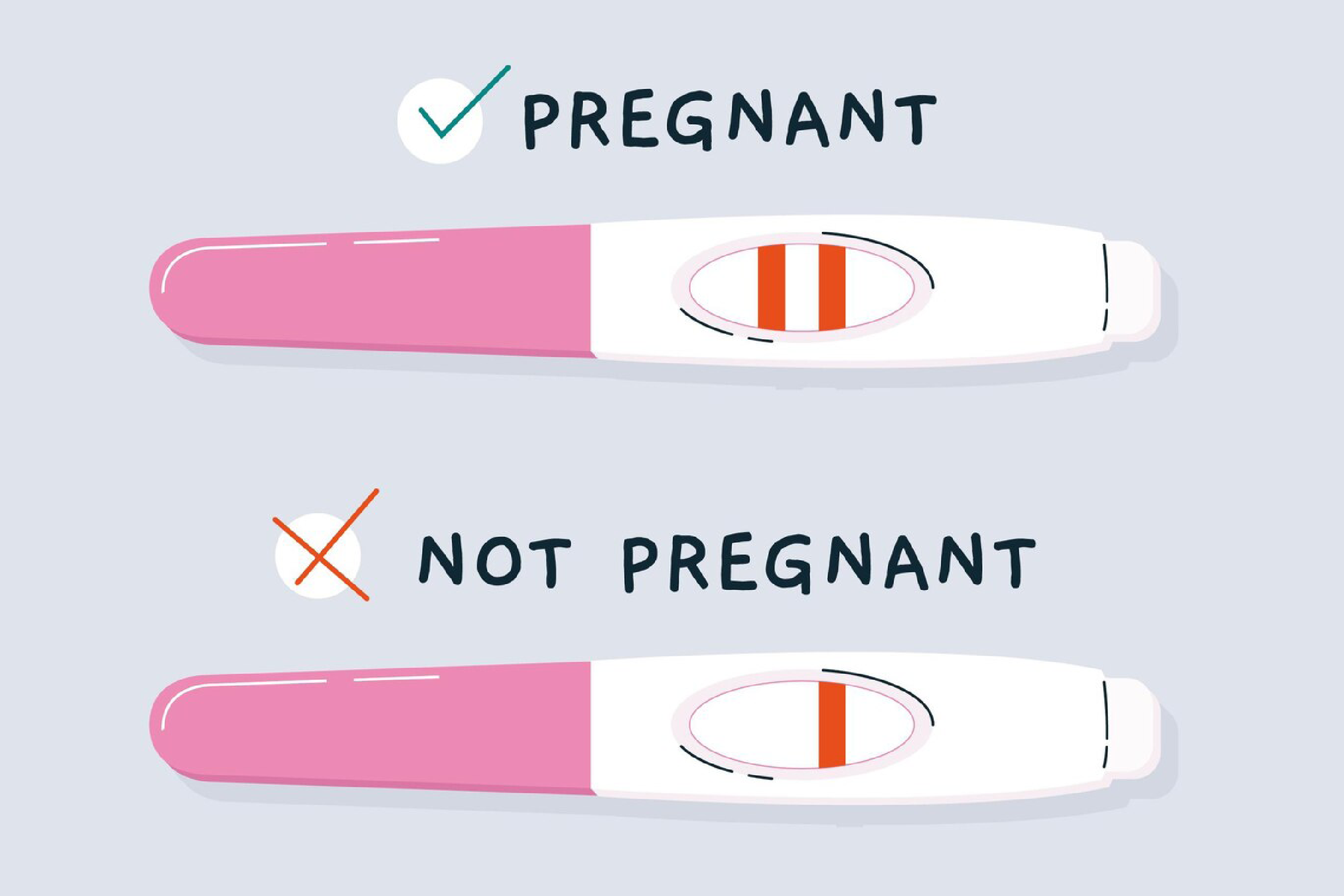Factors That Can Lead to A False Positive
While false positives are relatively rare, they can and do occur. No system, including medical diagnostics, is infallible. False positives can arise from several factors, including natural variations in the human body, such as benign cysts or tumors, and errors in either human judgment or computer analysis during testing.
Benign anomalies in the body may appear suspicious on imaging tests, prompting further investigation to rule out conditions like cancer. Fortunately, these additional tests typically confirm that the anomaly is not malignant.
Whether human or technical, errors during the testing process can lead to false positives that suggest a problem where none exists. Further diagnostic procedures are usually necessary to clarify these results and confirm no underlying issue.
Beyond the emotional impact on patients, false positives can also impose a financial burden due to the costs associated with additional testing. Therefore, healthcare professionals strive to enhance the accuracy of their tests to minimize these occurrences.
Different diagnostic methods, such as imaging versus biopsy, have varying rates of false positives. It is advisable to discuss with your doctor the likelihood of false positives for any given test and how it might affect your diagnostic journey.

